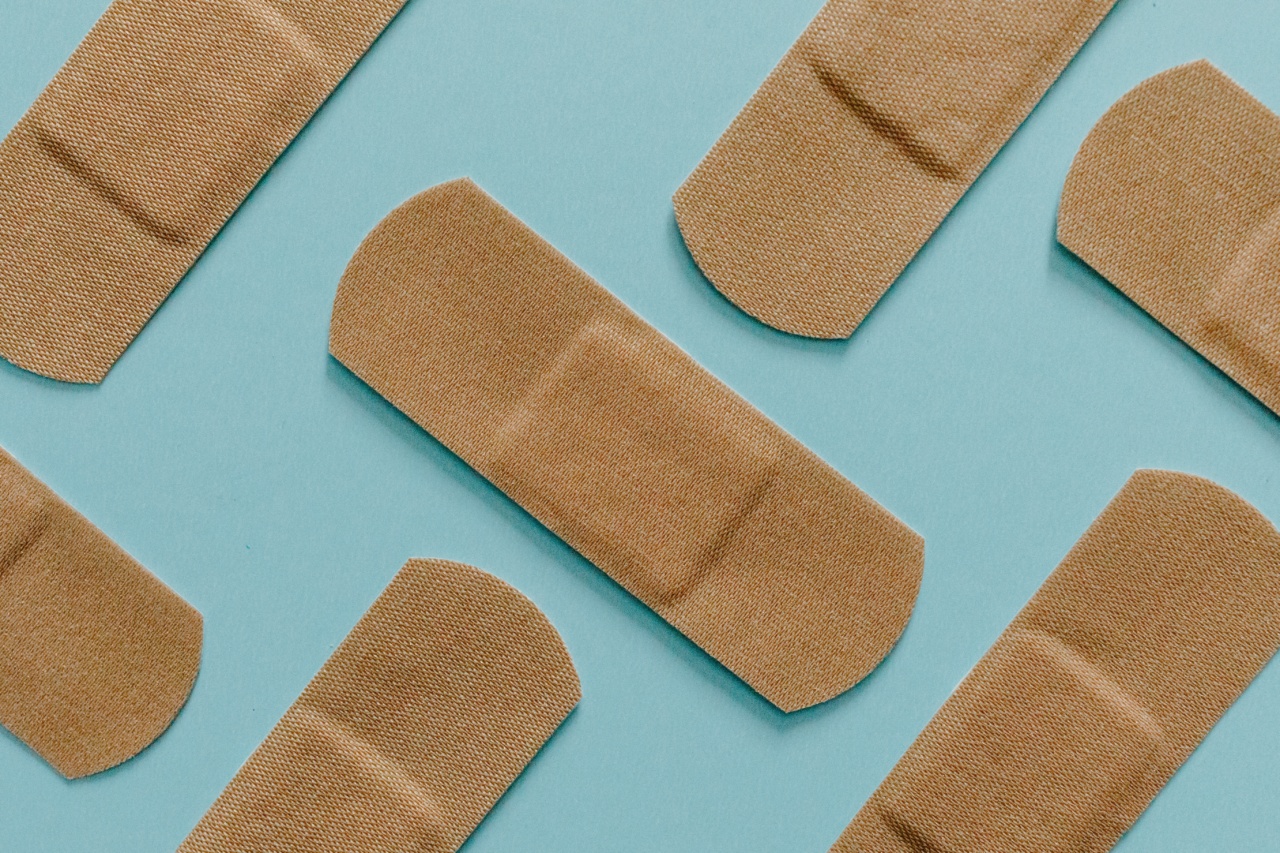Wound treatment is an essential aspect of healthcare, and with the advancement of technology, there are various methods available to treat wounds.
One of the newest treatments on the market is Oxyzene, a topical solution that produces oxygen when it comes in contact with the affected area. While this sounds promising, the question arises: should Oxyzene be used in wound treatment?.
What is Oxyzene?
Oxyzene is a topical wound care product that produces oxygen when it comes in contact with the affected area. It consists of sodium chlorite and citric acid, which react to produce oxygen.
The oxygen produced by Oxyzene is said to speed up the healing process by promoting cell growth and reducing the risk of infection.
How does Oxyzene Work?
When Oxyzene is applied to a wound, it reacts with the moisture present in the wound and produces oxygen. This oxygen is then absorbed by the blood vessels and helps to speed up the healing process.
The oxygen also kills anaerobic bacteria, which reduces the risk of infection in the wound.
Benefits of Oxyzene in Wound Treatment
There are several benefits of using Oxyzene in wound treatment:.
- Speeds up the healing process
- Reduces the risk of infection
- Stimulates cell growth
- Works on various types of wounds
Is Oxyzene Safe?
Oxyzene has undergone several clinical trials, and it has been found to be safe and effective in wound treatment. However, like any other topical solution, it should only be used as directed and under the supervision of a healthcare professional.
Side Effects of Oxyzene
While Oxyzene is generally safe, there are a few side effects that may occur, including:.
- Skin irritation
- Allergic reactions
- Burning or stinging sensation
- Redness and swelling
When to Use Oxyzene
Oxyzene can be used to treat various types of wounds, including:.
- Cuts
- Burns
- Surgical wounds
- Pressure ulcers
- Diabetic foot ulcers
Conclusion
Oxyzene is a promising new wound care product that has several benefits in wound treatment. It speeds up the healing process, reduces the risk of infection, and stimulates cell growth.
While it is generally safe to use, it should only be used under the supervision of a healthcare professional. If you have any concerns about using Oxyzene in wound treatment, you should consult with your healthcare provider.































